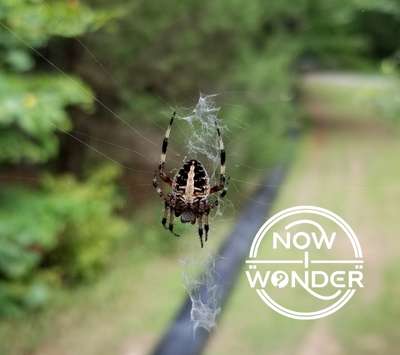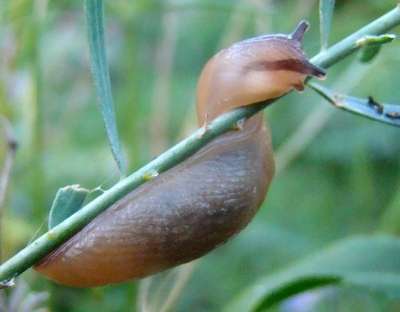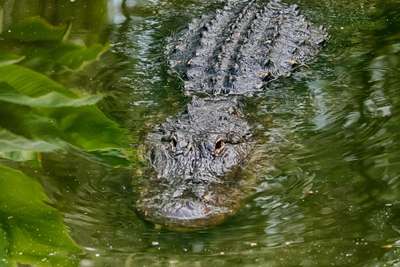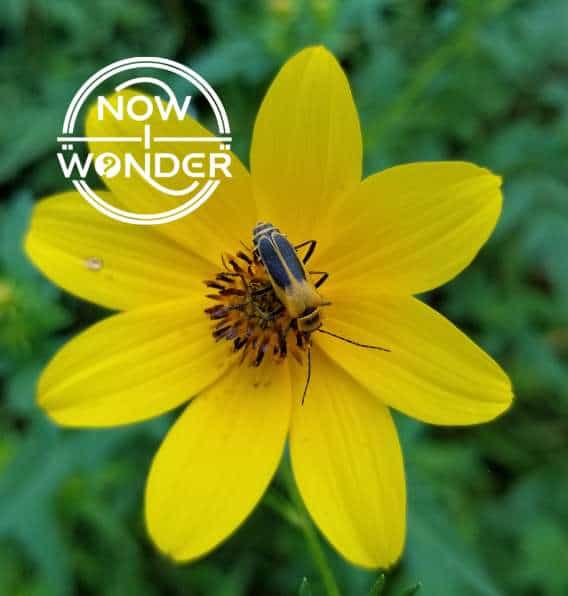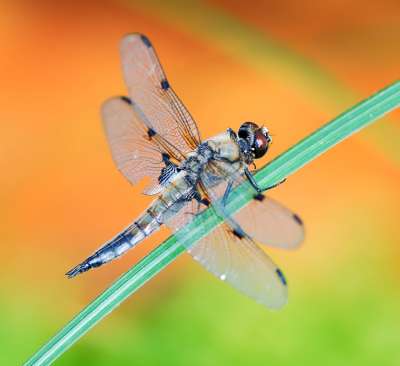River cooter turtles (Pseudemys concinna) are a species of turtle found throughout the southeastern United States, south from Virginia into Florida, west to New Mexico, and north to Illinois. It is one of the most commonly encountered wild turtle species by the general public and seems to do be doing fairly well as a species, unlike some of its fellow turtle species.
Unfortunately, the fact that river cooters are fairly common in the southeastern United States doesn’t seem to translate into a large pool of research about them, especially when compared to other popular species. This post explores some of the possible reasons that this may be so.

Dedicated scientists have studied river cooter turtles and it is thanks to their efforts that we know much at all about these animals. But the number of available studies seems to be smaller than the number available for other animals, even other turtle species. For example, a search for scholarly and peer-reviewed, full text online entries returned the following results:
| For Pseudemys concinna, the River Cooter Turtle | 22 results |
| For Chelydra serpentina, the Snapping Turtle | 241 results |
| For Terrapene carolina, the Eastern Box Turtle | 389 results |
| For Dermochelys coriacea, the Leatherback Sea Turtle | 437 results |
| For Chelonia mydas, the Green Sea Turtle | 1345 results |
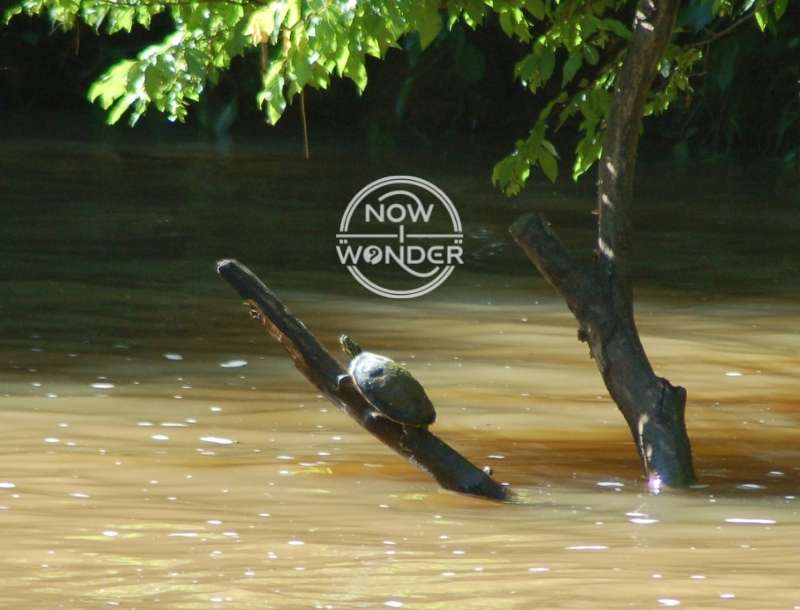
Possible reasons for limited research
Habitat differences and human impact on population
The first possibility is that the river cooter turtle species may be less urgently in need of scientific research than other animals.
For example, eastern box turtles are under significant pressure throughout their range in large part because they are terrestrial turtles and live on land. Populations are decreasing overall due to near constant encroachment of human development into their land-based habitats, a very slow birth rate, and high, direct mortality from motor vehicles and agricultural activities like plowing and mowing. Research focused on this species may make the difference between this species’ survival or total extinction from the world.
In contrast, river cooters are aquatic turtles and live in and near freshwater rivers. While still under tremendous threat from water pollution, drought, and encroaching human development, their habitats are more “off the beaten path” and less attractive for direct development. Therefore, research focused on river cooters may be more academic and less vital to the actual survival of the species in the immediate term.
Impact of pet trade
The second reason why river cooters seem to be less studied than other turtle species such as the eastern box turtle could be the impact of the pet trade on the two species.
Eastern box turtles are hugely impacted by the pet trade, which further depletes their numbers. Again, the research done on eastern box turtles may help keep these animals from disappearing from our world entirely.
River cooter turtles – while equally deserving of attention and protection – are not kept as pets so have been lucky enough to escape this particular threat to date.
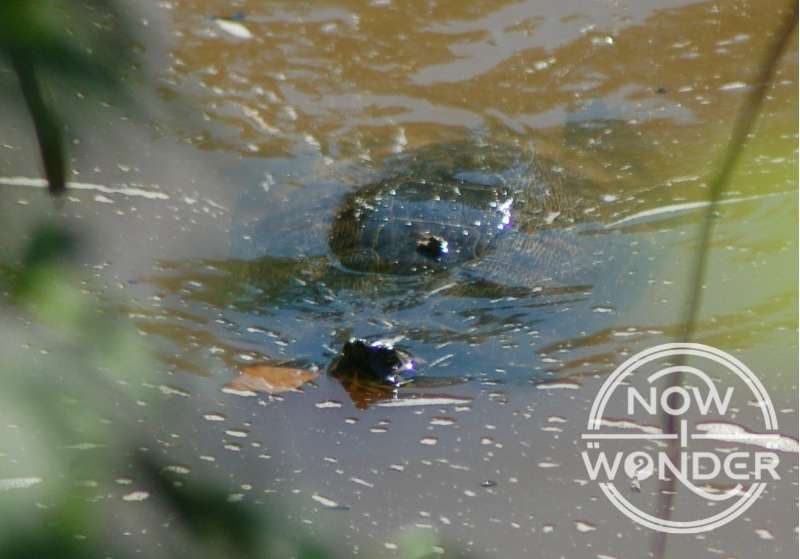
Lifestyle differences impacting research effort and cost
The third possibility for the relative dearth of species-specific research could also be related to their aquatic – as opposed to terrestrial or land-based – lifestyles.
River cooter turtles are a common turtle in the southeastern United States and love to bask in the sun so are fairly easy to stumble across in the wild. Prime basking time for this species is between 07:00 – 10:00 and 14:00 – 15:00 and especially during the months of April, May, September, and October (Lindeman 2000).
In fact, all of the photos in this post were taken along a half mile stretch of river on a random morning in May and in the space of about an hour, which may give some sense of how many of these turtles there can be if the conditions are right.
However, they are jumpy animals that dive quickly into the water when approached. The photos in this post had to be taken from approximately fifty feet away with a telephoto lens. All attempts to get closer resulted in disappointingly empty logs where turtles used to be and expanding ripples on the water surface.
Once in the water, these turtles are capable of remaining submerged for long periods of time and are fast swimmers so tracking individuals in the wild can be a challenge.
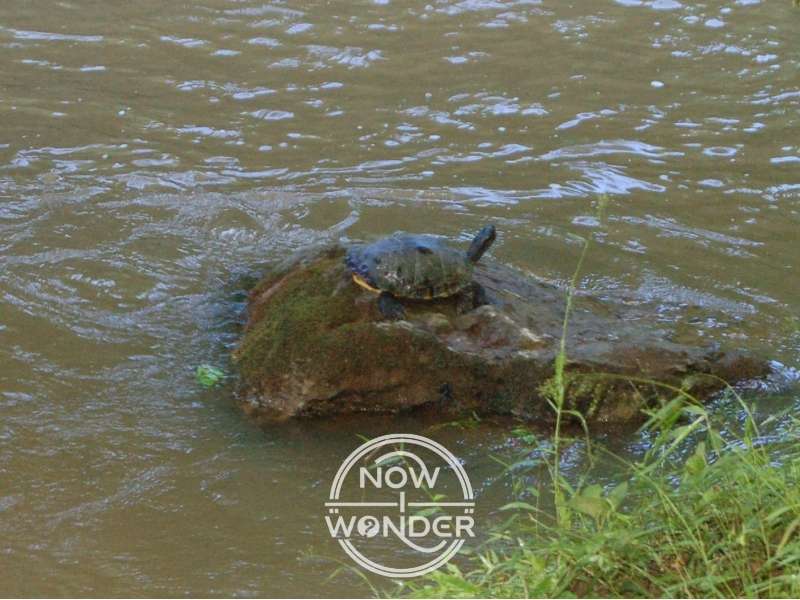
In addition to basking, river cooters mate and lay their eggs on land which helps scientists understand that part of their life cycle. But a large part of a river cooter’s life is spent underwater, either intermittently during the warm parts of the year or continuously when they go dormant during the winter months.
Finding, tracking, and observing animals while underwater – especially in the sometimes murky water of silted rivers – is more complex and expensive than for land animals.
In one mark-recapture study of turtle assemblages in a 1.1 kilometer reach of a river in Florida, the researchers had to invest 154 man-hours of snorkeling and 104 trap-nights to capture 300 individual turtles of various species (Johnston, Lau and Kornilev 2011), which is a significant (and admirable) amount of labor.
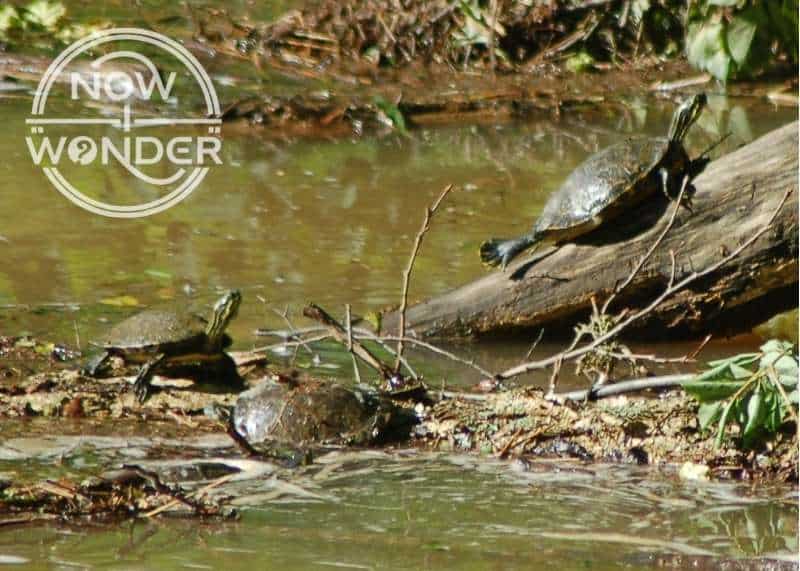
The wow factor
The fourth and final possibility for why river cooter turtles haven’t been researched to the extent of other turtles is that they may not capture our attention to the degree that other turtle species do.
Since we are land-based ourselves, we have a natural interest in those animals that also live on land and it is not uncommon to randomly encounter an eastern box turtle trundling along under some bushes. We may be naturally more curious about these turtles than we are about more secretive species such as river cooters.
Additionally, river cooter turtles don’t lend themselves to the kind of superlatives that can be found in marine turtles; they don’t swim around the globe, they don’t eat exotic foods like jellyfish and they don’t weigh hundreds of pounds.

While river cooters can bite, they aren’t as large, as belligerent, or as capable of inflicting serious wounds as their turtle cousin, the snapping turtle (Chelydra serpentina). Humans are naturally drawn to the biggest, baddest example of an animal and the snapping turtle certainly qualifies. So perhaps it is natural that snapping turtles have been studied more extensively.
No matter how you compare them to other species, river cooter turtles are natural wonders in their own right and fully as special in their own way as other species with whom we share our natural world. Amateur naturalists all over the southeastern United States – like myself – owe a debt of gratitude to all the researchers who dedicate their professional efforts to understanding these creatures.
Related Now I Wonder posts:
To learn more about terrestrial and freshwater turtles, check out these other Now I Wonder posts:
To learn more about turtles in general, check out these other Now I Wonder posts:
- Can turtles swim?
- How do turtles swim with shells?
- Why do turtles float?
- Why does cold water kill sea turtles?
To learn more about the lifestyle and special skills of river cooter turtles (Pseudemys concinna), check out the post “Can you find turtles in rivers?“.
References
Aspinall V, Capello M. 2020. Introduction to Animal and Veterinary Anatomy and Physiology: Tortoises, terrapins and turtles. 4th ed. CABI.
Bagatto BP, Henry RP. 1999. Aerial and aquatic respiration in the snapping turtle, chelydra serpentina. J Herpetol. 33(3):490. Available at: https://scholar.google.com/scholar?hl=en&as_sdt=0%2C34&q=Aerial+and+aquatic+respiration+in+the+snapping+turtle%2C+chelydra+serpentina&btnG=
Fielder DP. 2012. Seasonal and diel dive performance and behavioral ecology of the bimodally respiring freshwater turtle myuchelys bellii of eastern Australia. Journal of Comparative Physiology. 198(2):129-43. Available at: https://scholar.google.com/scholar?hl=en&as_sdt=0%2C34&q=Seasonal+and+diel+dive+performance+and+behavioral+ecology+of+the+bimodally+respiring+freshwater+turtle+myuchelys+bellii+of+eastern+australia&btnG=
Johnston GR, Lau A, Kornilev YV. 2011. Composition of a turtle assemblage in a northern Florida blackwater stream. Fla Sci. 74(2):126-33. Available at: https://scholar.google.com/scholar?hl=en&as_sdt=0%2C34&q=Composition+of+a+turtle+assemblage+in+a+norther+Florida+blackwater+stream&btnG=
Lindeman, Peter V. Resource use of Five Sympatric Turtle Species: Effects of Competition, Phylogeny, and Morphology. Canadian Journal of Zoology 78, no. 6 (06, 2000): 992-1008. Available at: https://scholar.google.com/scholar?hl=en&as_sdt=0%2C34&q=Resource+use+of+Five+Sympatric+Turtle+Species%3A+Effects+of+Competition%2C+Phylogeny%2C+and+Morphology&btnG=
McCoy CJ, Flores-Villela O, Vogt RC, Pappas M, J KM. 2020. Ecology of riverine turtle communities in the southern united states: Food resource use and trophic niche dimensions. Chelonian Conservation and Biology. 19(2):197-208. Available at: https://scholar.google.com/scholar?hl=en&as_sdt=0%2C34&q=Ecology+of+riverine+turtle+communities+in+the+southern+united+states%3A+Food+resource+use+and+trophic+niche+dimensions&btnG=

